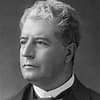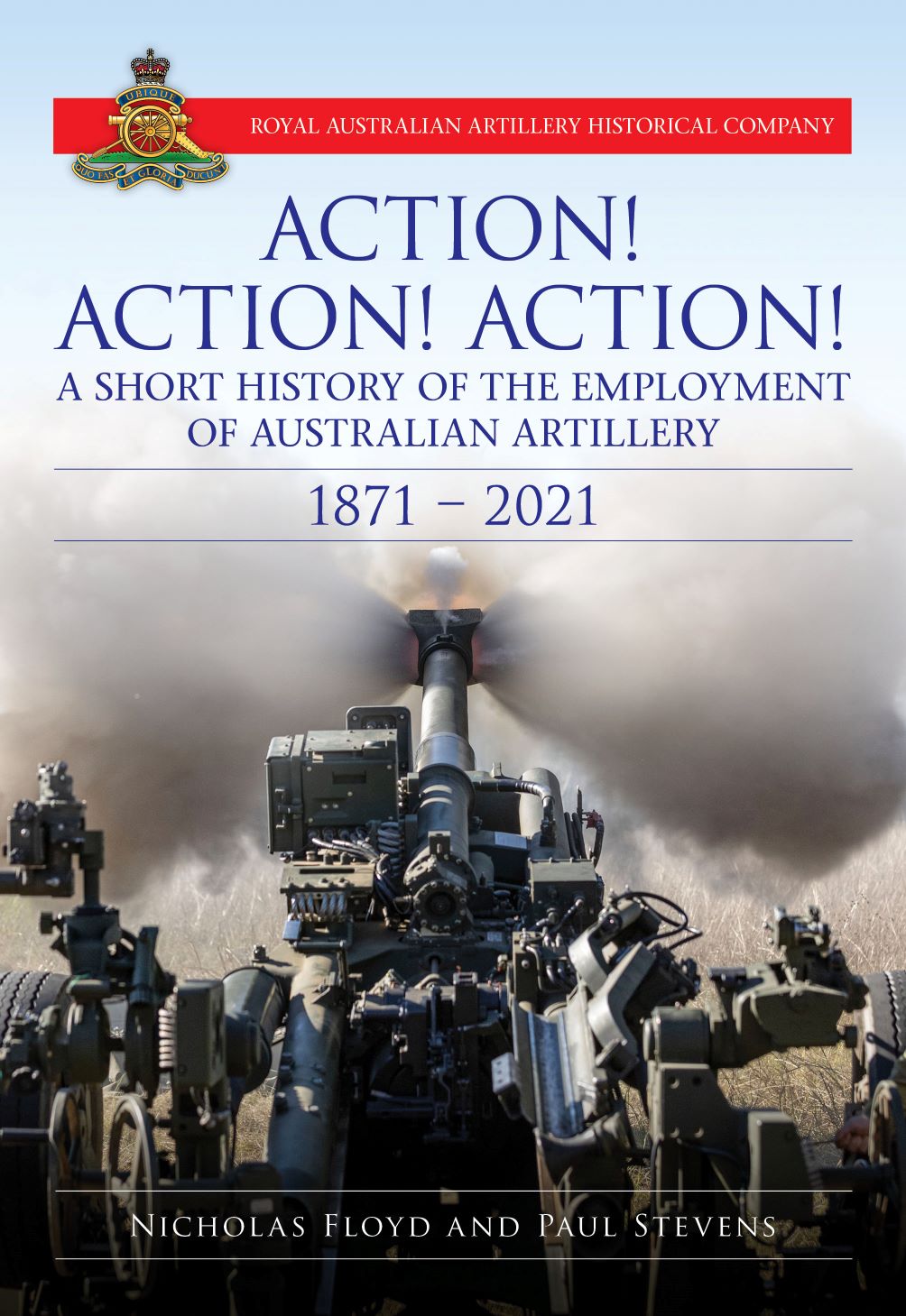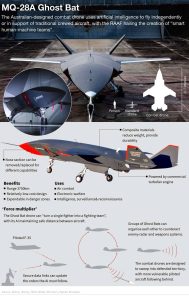There is no escaping the reality of the decline and stagnation of the Western world, from Europe to North America and closer to home. The values, institutions, and populations of Western nations have grown tired, divided, both decadent and decrepit, and increasingly hostile to both one another and the global order.
Nowhere is this clearer than in the United States, the epicentre of the post-Second World War economic, political, and strategic order, currently in the midst of the most heated presidential race in living memory. Both sides frequently remind onlookers and the American public of “what is at stake.”
Many historians, analysts, and commentators have been quick to remind that none of this is without historic precedent, as many comparisons between the fall of Rome and our modern predicament have become glaringly obvious, echoing Mark Twain’s saying that “History doesn’t repeat itself, but it often rhymes.”
Whether in the streets of Europe or the United States or on the steps of the Sydney Opera House, it is clear that the Western world faces unprecedented challenges to the stability, peace, and prosperity of the post-Second World War order, both at home and abroad, with dramatic impacts on the global balance of power.
Highlighting the growing domestic challenges facing both the United States and the broader Western world, the ongoing turmoil that has beset the US political system: “Joe Biden’s age and incoherence should be seen as the personification of the accelerating decline of the West – marked by the growing arrogance, self-interest, and hubris of its ruling elites – that has drastically eroded the quality of our governance with devastating implications.” Many commentators have further expressed scepticism about Kamala Harris’s ability to handle global conflicts effectively.
While many Australians seem to be complacent or oblivious about the changes in the wind that are fundamentally rewriting the order of things, opening the door to further advancement by the world’s rising autocratic powers, for others it hasn’t gone unnoticed. “Simmering internal political hatreds have intensified, inequality and concentrations of economic power have soared to nearly unprecedented levels as real incomes stagnate or reverse for the bulk of the population. Public trust in institutions has collapsed amid rampant social decay in all but the top echelons of the population, while the chance of nuclear war has grown. Much of this stems from deliberate policy choices by a richer, ever more remote governing class that increasingly ignores the interests and opinions of everyone else.
Individually, all of these factors are not necessarily terminal for the United States or the broader Western collection of nations, but together and then subsequently combined with the march of international autocracy, they seemingly indicate a terminal state of pressure-induced decline. So grim is the outlook, Stanford University academic John Ioannidis has started asking whether the West has entered a terminal ‘death spiral,’ which he defines as a ‘vicious cycle of self-reinforcing dysfunctional behaviour characterized by continuous flawed decision making, myopic single-minded focus on one set of solutions, denial, distrust, micromanagement, dogmatic thinking, and learned helplessness.
Unpacking this further, quoting Ioannidis, drew historical comparisons, explaining, “Societies fall apart, and societal dysfunction rises when an ever-increasing group of have-nots are unable to sustain themselves, let alone earn the money and produce the food to sustain the rich, and the difference between the elite and masses have become too big to bridge. In the earlier periods of the (Roman) empire, the elites were willing to offer lives and treasure in the service of the common interest, while in the period of decline the elites became increasingly selfish. At that time the ratio of incomes of the richest Romans to the poorest was about 20 times, a ratio that exploded to many thousands by the time the empire collapsed around AD 400 and not far beyond what it is now in the US and Europe.”
What does all this mean? Looking back to the well-recognized and accepted domestic and global challenges, leading economists, concluded that the liberal democracy model that created jobs, stability, higher wages, and broad social cohesion from the end of World War II “has fallen short on almost every count since around 1980.”
Despite the rhetoric and lofty ambition highlighted by both sides of the political debate, this paints a gloomy picture for the average Australian, no matter the demographic group in which they fall, but especially for the younger generations. Declining economic opportunity, coupled with the rapidly deteriorating global and regional balance of power and the increased politicization of every aspect of contemporary life, only serves to exacerbate the disconnection, apathy, and helplessness felt by many Australians.
This attitude compounds the growing sentiment that we are speeding towards a predestined outcome, disempowering the Australian people and policymakers as we confront seemingly insurmountable challenges with little to no benefit and at a high-risk/reward calculation. It is therefore easy to understand why so many Australians, both in the general public and within our decision-making circles, seem to have checked out and are quite happy to allow the nation to continue to limp along in mediocrity because it is easier than having lofty ambitions.
If both Australian policymakers and the Australian public don’t snap out of the comforting security blanket that is the belief in the “End of History,” the nation will continue to face an uncomfortable and increasingly dangerous new reality, where we truly are no longer the masters of our own destiny. Our economic resilience, capacity, and competitiveness will prove equally critical to success in the new world power paradigm as that of the United States, the United Kingdom, or Europe, and we need to recognize the opportunities before us. Expanding and enhancing the opportunities available to Australians while building critical economic resilience, and as a result, deterrence to economic coercion, should be the core focus of the government. Only when our economy is strong can we ensure that we can deter aggression towards the nation or our interests.












